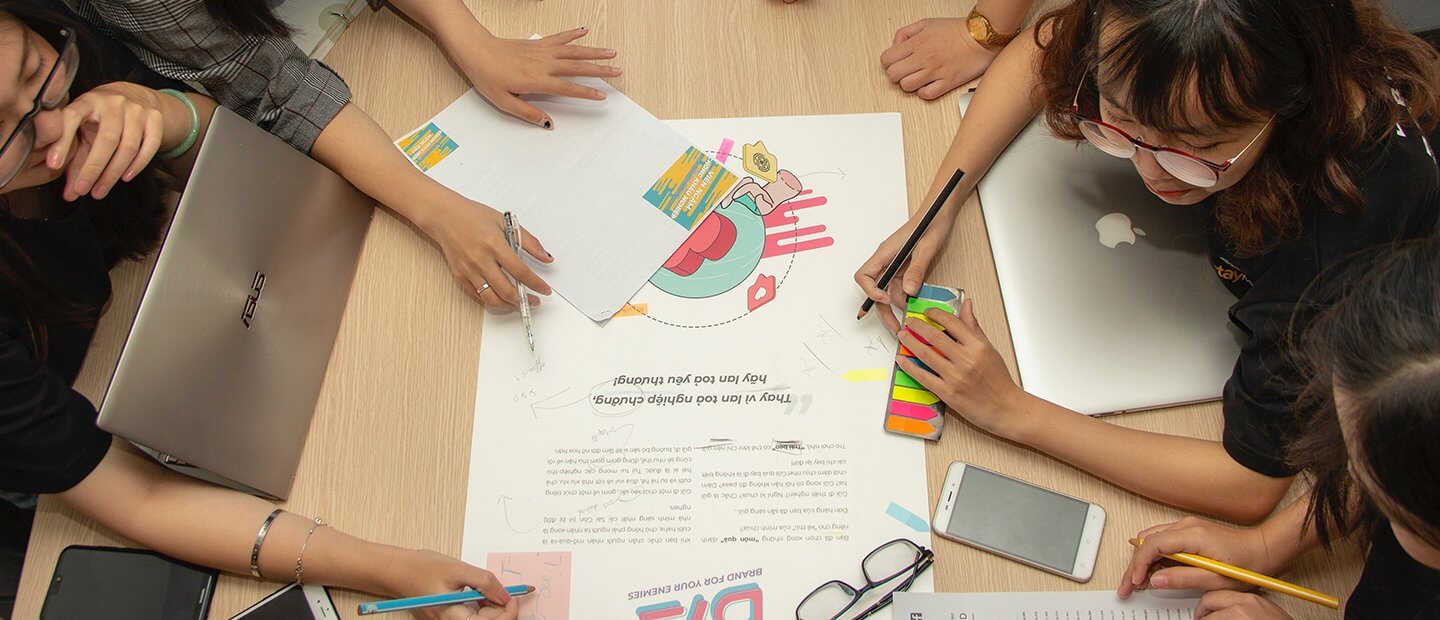Center for Excellence in Teaching and Learning
100 Library Drive
Rochester, Michigan 48309-4479
(location map)
(248) 370-2751
[email protected]

Jumpstart Student Engagement and Curiosity with ABC
Early in my first semester of grad school, a mentor introduced what was then a counterintuitive teaching strategy: Activity Before Content, or ABC. The strategy is simple: have students explore concepts and ideas before presenting them with new content. For example, before introducing a new concept, ask students to define it and draw from their experiences and expectations: What do they think it means? What does it remind them of? How have they encountered it in previous situations?
ABC can be used with equal impact in both face-to-face and virtual learning environments.
Why use ABC?
ABC has many advantages. Among them, it
- Engages students in active learning
- Enables students to retrieve existing information and make predictions about new information
- Provides opportunities for students to review what they know, or think they know, before piling on new information
- Creates a preliminary foundation for new content
- Encourages students to share both knowledge and questions with their peers
- Fosters a classroom community that values socially constructed knowledge
- Positions you as a collaborator and member of the classroom community, rather than a sage on the stage
How does it work?
Many familiar teaching strategies lend themselves to ABC; for example,
- Write or project a question on the board for students to answer before class begins. Using a polling application (e.g., PollEverywhere), share responses as they accrue in real-time or immediately after everyone has responded, so students can see what their classmates are thinking. As a class, discuss the responses; be sure to explore any misconceptions/outliers as well as correct responses.
- Start class with a one- or two-minute freewrite. Discuss students’ responses as a class or in small groups before sharing them out with the entire class. In online classes, leverage asynchronous discussion threads for these small group explorations.
- Create a low-stakes quiz that students complete in small groups at the beginning of class. Provide a few minutes at the end of class for groups to revisit/revise their answers after you’ve presented and discussed the content.
Once you get started, you’ll think of many more ways to pique your students’ curiosity, engage them in active learning, and create a vibrant classroom community with ABC.
Save and adapt a Google Doc version of this teaching tip.
About the Author
Meg VB-Wood works in the Ellbogen Center for Teaching and Learning at the University of Wyoming. She contributed this tip to a teaching tips collection gathered among the POD Network of educational developers.
Others may share and adapt under Creative Commons License CC BY-NC.